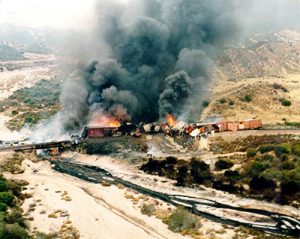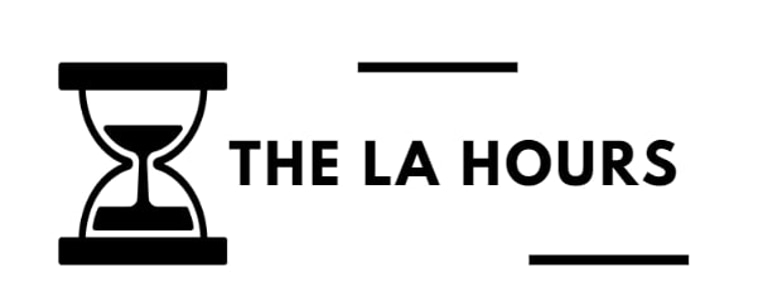Underground Fire at Chiquita Canyon Landfill Expands to 90 Acres, Raising Health and Environmental Concerns
An underground fire at the Chiquita Canyon Landfill in Castaic, California, has expanded to approximately 90 acres, tripling in size since its initial detection in 2022. This smoldering chemical reaction is now projected to burn for multiple decades, posing significant health risks to nearby communities and environmental hazards.
HEALTHFEATURED


Origins and Expansion of the Fire
The fire began in May 2022 due to a rare chemical reaction deep within the landfill. Factors such as rainwater infiltration and oxygen intrusion beneath the landfill cover led to extreme heat generation and pressure buildup. These conditions forced contaminated leachate—a toxic liquid formed from decomposing waste—to the surface, occasionally erupting like geysers.
Despite mitigation efforts, the reaction has grown from an initial 30 acres to 90 acres by early 2025. The fire threatens to consume the entire 160-acre canyon of buried waste, endangering a storage area for hazardous liquid waste. State officials have expressed concern over the landfill's containment strategy, noting that current measures have failed to prevent the reaction's expansion.
Health Impacts on Local Communities
Residents of nearby communities, including Val Verde, Castaic, and Santa Clarita, have reported a range of health issues attributed to the landfill's emissions. Symptoms include headaches, nausea, nosebleeds, dizziness, heart palpitations, and respiratory distress. Some residents have experienced severe health events, such as prolonged nosebleeds requiring emergency medical attention.
The landfill emits various hazardous substances, including methane, hydrogen sulfide, and known carcinogens like acrolein and benzene. These emissions have led to over 24,000 air quality complaints from residents, highlighting the persistent and pervasive nature of the pollution.
Regulatory and Legislative Responses
In response to the escalating crisis, the California Environmental Protection Agency (CalEPA) and the Department of Toxic Substances Control (DTSC) have issued orders requiring the landfill's operators, Waste Connections Inc., to take corrective actions. These include relocating hazardous waste storage tanks, expanding the landfill's cover, and installing barriers to contain the reaction.
Assemblywoman Pilar Schiavo and other state legislators have called on Governor Gavin Newsom to declare a state of emergency and provide direct assistance to affected residents, including relocation aid and healthcare support. Schiavo emphasized the urgency of the situation, stating, "We cannot ask these families to wait for a lawsuit to play out while their kids breathe cancer-causing chemicals every single day."
Community Impact and Ongoing Challenges
The Chiquita Canyon Landfill fire represents a significant environmental and public health crisis. Despite regulatory actions and community advocacy, the fire continues to burn, and residents remain exposed to hazardous conditions. The situation underscores the need for immediate and sustained intervention to protect the health and well-being of affected communities.
As the fire persists, state and local agencies, along with the landfill's operators, face increasing pressure to implement effective solutions and provide relief to those impacted by this ongoing disaster.
